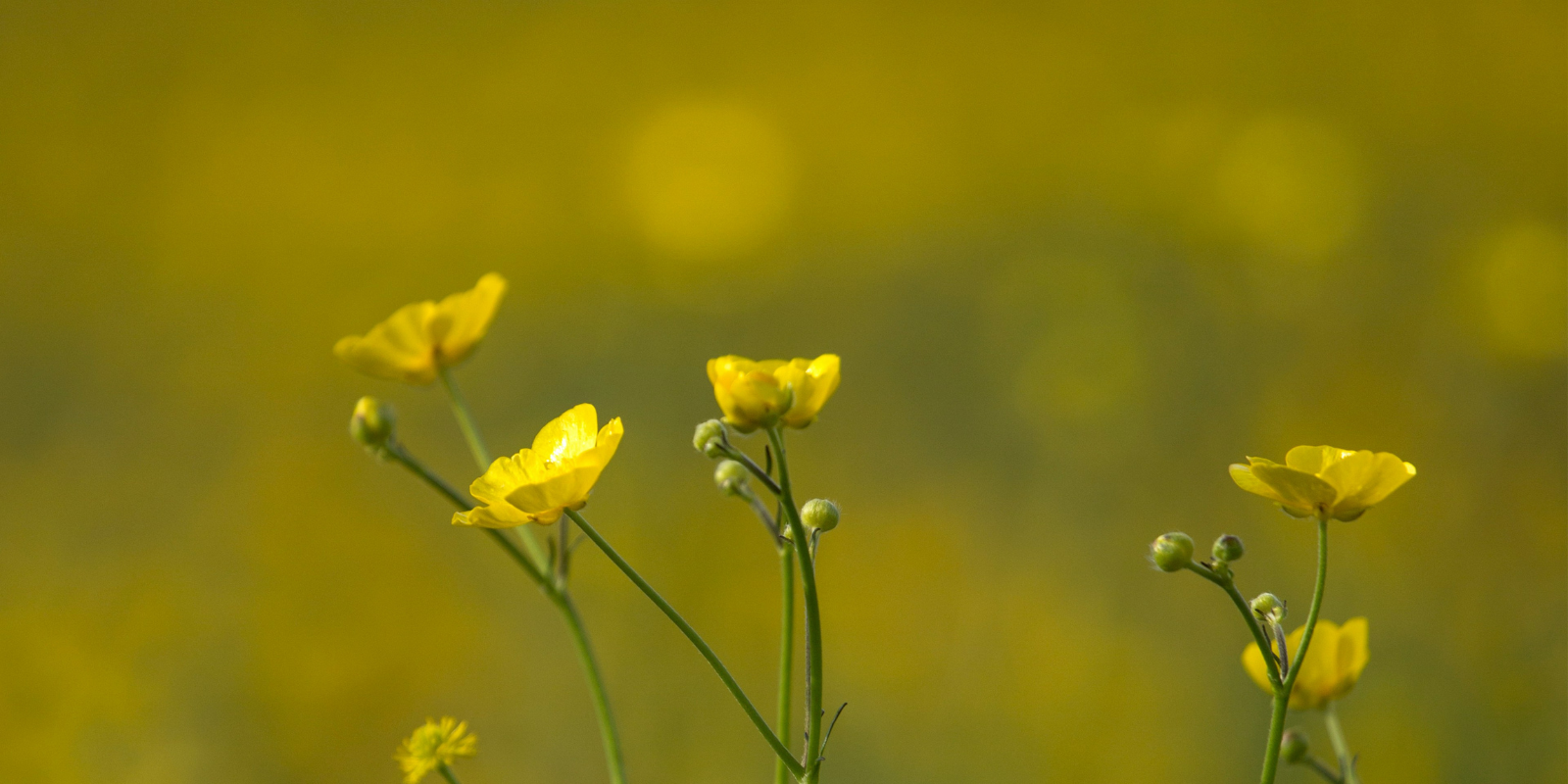Today, on International Day for Biodiversity, we take a look at how building back biodiversity is at the heart of all our projects here at The Future Forest Company.
Why build back biodiversity?
International Day for Biodiversity is an opportunity for us all to re-examine our relationship with the natural world. Healthy and vibrant ecosystems are vital to us, for our water, food, medicines, clothes, fuel, shelter and energy. In the words of the United Nations, ‘When biodiversity has a problem, humanity has a problem.’
The rate at which we are losing nature today is alarming. The UK is left with only half of its natural biodiversity, ranking it among the bottom 10% of countries worldwide. Here at the Future Forest Company, we are actively managing vital nature restoration projects across twelve unique sites in the UK, to fight back against this loss.
Being part of the Plan
The theme of IDB 2024 is Be part of the Plan. This is a call to action to halt and reverse the loss of biodiversity by supporting the implementation of the Kunming-Montreal Global Biodiversity Framework, also referred to as The Biodiversity Plan for Life on Earth.
The Biodiversity Plan is described as an ambitious pathway to reach the global vision of a world living in harmony with nature by 2050. It lays out 23 targets for 2030, and here we take a look at how our work supports some of these targets in more detail.
Putting biodiversity first
Target 1 of The Biodiversity Plan is to plan and manage all areas to reduce biodiversity loss. Our sites provide shelter for wildlife, as well as a vital food source, and a safe place for nesting, breeding and hunting.
We are managing woodland habitats for red squirrels and native wood edges for Black grouse, as well as restoring habitats for farmland birds like Lapwing and Curlew. Our Wetland restoration provides a safe habitat for the Great Crested Newt to thrive.
In 2023, we witnessed the remarkable return of a once locally extinct butterfly after a 100-year absence. At our Dumyat site, we planted Common rockrose, the only plant eaten by Northern Brown Argus caterpillars. On subsequent searches, our team and volunteers from Butterfly Conservation discovered small colonies of the butterfly on the site’s steep hills.

Restoring vital ecosystems
Target 2 is to restore 30% of all degraded ecosystems. We are dedicated to the conservation of ancient woodlands, the cultivation of wildflower meadows, and the revival of wetlands, actively contributing to the protection and restoration of our diverse ecosystems.
Wetlands are currently under threat due to draining, pollution from pesticides, intensive agriculture, waste dumping and large toxic spills. We manage several sites with degraded wetlands. We wish to change this as quickly as possible by conserving the best places, regenerating other areas, and even creating new wetlands. This includes peatlands, marshes, flushes and ponds.
We also restore wildflower meadows. As well as being a key habitat to many increasingly rare wildflowers such as orchids, wildflower meadows are an essential source of food for pollinators such as bumblebees and butterflies. We have lost 97% of our wildflower meadows since the 1930s in the UK, and those that remain continue to be at risk through neglect and inappropriate management. We can reverse this trend by creating new meadows using native seed and reintroducing the right management, such as hay-cutting and light grazing.

Reducing the impact of invasive species
Target 6 is to reduce the introduction of invasive alien species by 50% and minimize their impact. At our beautiful Glenaros site on the Isle of Mull, we actively manage over 46ha of ancient Atlantic Hazelwood alongside oak woods. These are places rich in wildlife, being part of Scotland’s rainforest, one of the world’s rarest and most endangered woodland habitats.
Invasive rhododendron is on the edge of these woodlands and will threaten their future if not subject to a robust control programme. Introduced in the 1700s as ornamental plant, rhododendron is a dense shrub which dominates woodland habitats and shades out rare native plants, resulting in significant nature loss. Removing it helps this precious rainforest habitat to thrive.

How your business can be part of the Plan
Become a Nature Restoration Partner with The Future Forest Company today. As a Nature Restoration partner, your sponsorship will help us to reverse the nature crisis. You'll be conserving and restoring some of our rarest habitats and wildlife, enabling future generations to experience these special places.
